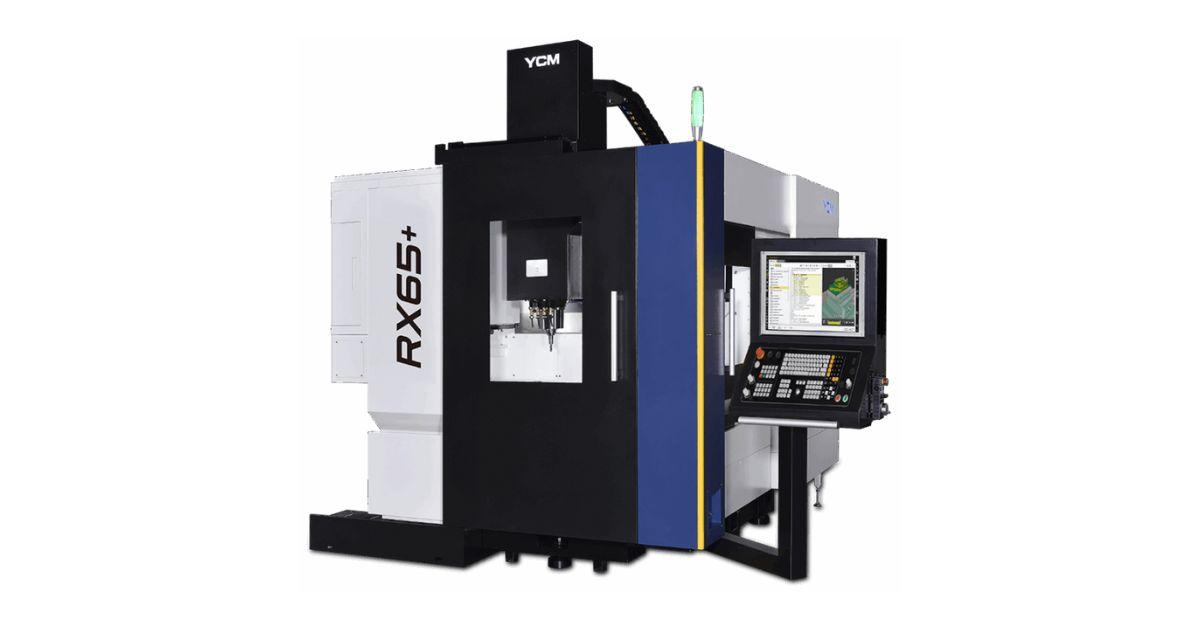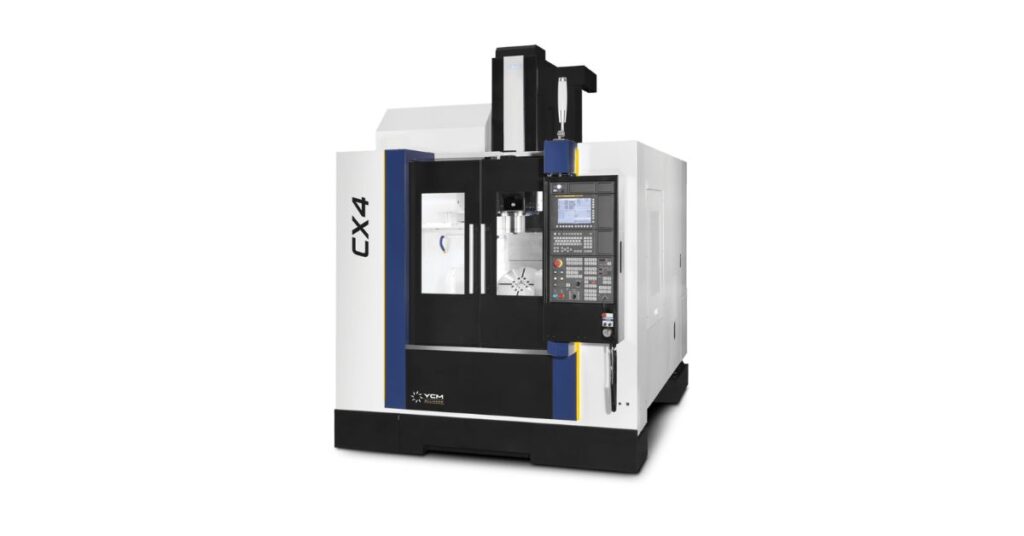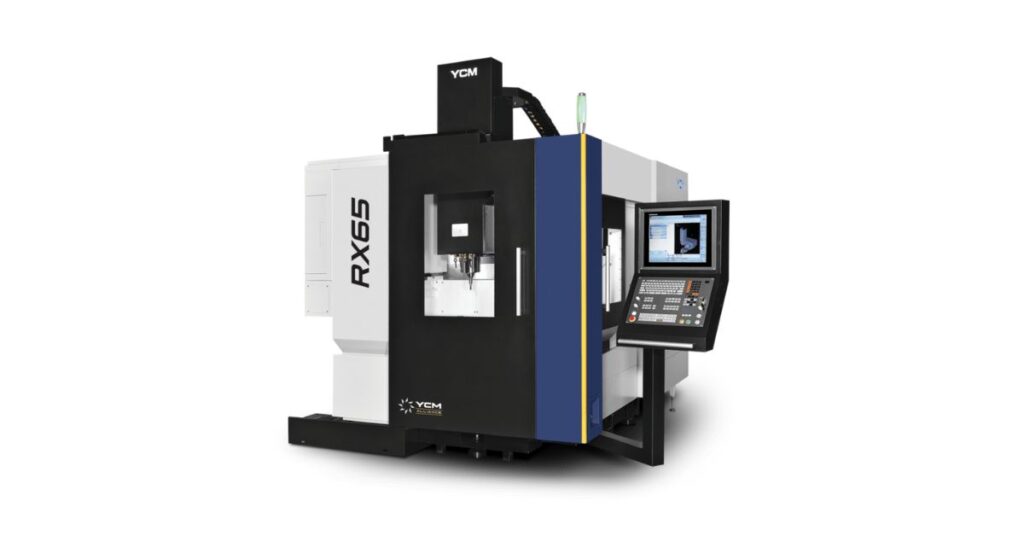The Differences Between 3-Axis and 5-Axis CNC Machining

CNC machining has revolutionized manufacturing across industries, enabling the precise fabrication of complex components with exceptional repeatability. When selecting the appropriate machining solution for your production needs, understanding the differences between 3-axis and 5-axis CNC machining becomes crucial. Each configuration offers distinct capabilities that directly impact your manufacturing outcomes, cycle times, and overall operational costs.
Modern manufacturing demands increasingly complex geometries, tighter tolerances, and faster production cycles. While 3-axis machining provides reliable solutions for many applications, 5-axis technology opens new possibilities for intricate part production. We’ll examine how these two approaches differ in their mechanical capabilities, applications, and performance characteristics to help you make informed decisions for your machining requirements.
Understanding 3-Axis CNC Machining
3-axis CNC machining operates with three linear axes of movement: X, Y, and Z. The cutting tool moves along these perpendicular axes while the workpiece remains stationary on the machine table. This configuration allows for straightforward programming and setup procedures, making it accessible for various manufacturing applications.
The primary advantage of 3-axis machining lies in its simplicity and cost-effectiveness. Setup times are generally shorter, programming requirements are less complex, and operator training demands are reduced compared to multi-axis alternatives. These machines excel at producing flat surfaces, simple contours, and basic geometric shapes with excellent precision.
However, 3-axis limitations become apparent when machining complex geometries. Parts requiring undercuts, angled features, or intricate three-dimensional contours often necessitate multiple setups and repositioning. Each setup introduces potential accuracy variations and extends overall cycle times.

5-Axis CNC Machining Capabilities
5-axis machining incorporates two additional rotational axes beyond the standard X, Y, and Z linear movements. These rotational axes, typically designated as A and B (or A and C), enable the cutting tool or workpiece to rotate around specific axes, providing unprecedented access to complex part geometries.
This enhanced capability allows simultaneous machining from multiple angles without repositioning the workpiece. Businesses benefit from significantly improved surface finishes, reduced cycle times for complex parts, and the ability to machine intricate geometries that would be extremely difficult and time-consuming with 3-axis equipment.
Advanced Control Systems
5-axis machining centers feature sophisticated control systems that coordinate all five axes simultaneously. These systems calculate complex tool paths, compensate for machine dynamics, and maintain precise positioning throughout the machining process. Advanced interpolation algorithms ensure smooth motion transitions and optimal cutting conditions across all axes.
Rigid Construction Requirements
The mechanical demands of 5-axis machining necessitate exceptionally rigid machine construction. Finite Element Analysis (FEM) guides the design process to ensure optimal mass distribution and rib structures that maintain stability under intensive cutting loads. Direct drive servo motors with absolute positioning encoders provide the precision and repeatability essential for multi-axis operations.
Key Technical Differences
Machining Accessibility
3-axis machining limits tool access to surfaces parallel or perpendicular to the spindle axis. Complex angled features require multiple setups, increasing production time and introducing potential accuracy variations between setups.
5-axis machining eliminates these restrictions by providing continuous tool access to virtually any surface orientation. The 5-axis CNC vertical machining center configuration allows for complete part machining in a single setup, maintaining dimensional relationships and reducing cumulative tolerances.
Surface Quality and Tool Life
Multi-axis capability enables optimal cutting tool orientation relative to the workpiece surface. This results in improved surface finishes, reduced cutting forces, and extended tool life. The ability to maintain constant chip load and optimal cutting angles throughout complex geometries provides superior machining conditions.
Programming Complexity
3-axis programming follows straightforward linear interpolation methods. Tool paths are relatively simple to visualize and verify, making programming accessible to operators with basic CNC knowledge.
5-axis programming requires advanced software capabilities and extensive operator expertise. It’s necessary to factor in simultaneous multi-axis motion, collision avoidance, and machine kinematics during program development. However, modern CAM systems with post-processors specifically designed for 5-axis applications have simplified this process significantly.

Application Considerations
Aerospace Manufacturing
Aerospace components frequently feature complex geometries, tight tolerances, and exotic materials. Turbine blades, impellers, and structural components benefit significantly from 5-axis machining capabilities. The ability to machine these parts in single setups while maintaining optimal cutting conditions makes 5-axis technology essential for aerospace applications.
Automotive Production
Automotive manufacturing encompasses both high-volume production and complex prototype development. Engine components, transmission parts, and chassis elements often require the flexibility that 5-axis machining provides. However, simpler components may be more cost-effective to produce using 3-axis equipment.
Medical Device Manufacturing
Medical devices demand exceptional precision and surface quality. Orthopedic implants, surgical instruments, and diagnostic equipment components often feature complex organic shapes that are ideally suited for 5-axis machining. The ability to maintain optimal tool orientation throughout the machining process ensures consistent results across critical medical applications.
Performance and Efficiency Considerations
Cycle Time Analysis
5-axis machining typically reduces overall cycle times for complex parts by eliminating multiple setups and repositioning operations. While individual cutting operations may take longer due to simultaneous multi-axis motion, the elimination of setup time often results in significantly reduced total production time.
3-axis machining may achieve faster cutting speeds for simple operations, but it requires additional time for multiple setups when machining complex geometries.
Accuracy and Repeatability
Single-setup machining in 5-axis centers eliminates cumulative tolerances associated with multiple setups. All features are machined relative to a single datum, ensuring superior dimensional accuracy and part-to-part repeatability.
Operational Costs
While 5-axis equipment requires higher initial investment and more sophisticated programming, the reduction in setup time, improved tool life, and enhanced part quality often justify the additional costs for suitable applications.
Making the Right Choice
Selecting between 3-axis and 5-axis machining depends on several critical factors, including part complexity, production volume, accuracy requirements, and available expertise. Simple parts with basic geometries are often most cost-effective to produce using 3-axis equipment. Complex parts requiring tight tolerances, superior surface finishes, or intricate geometries benefit significantly from 5-axis capabilities.
Consider your current and future production requirements when making this decision. While 3-axis machines offer lower entry costs and simpler operation, 5-axis technology provides the flexibility to handle increasingly complex manufacturing demands.
Maximizing Your Machining Investment
Understanding the differences between 3-axis and 5-axis CNC machining enables informed decision-making that aligns with your specific manufacturing requirements. Both technologies serve important roles in modern manufacturing, and the optimal choice depends on your unique application demands.
Successful implementation of either technology requires proper machine selection, adequate operator training, and ongoing technical support. Whether you choose 3-axis simplicity or 5-axis versatility, investing in quality equipment and comprehensive support ensures long-term manufacturing success.
The YCM Alliance is committed to supporting your manufacturing growth with solutions tailored to your needs. You can select from several series of advanced 5-axis CNC vertical machining centers, each designed to deliver outstanding performance for complex machining challenges.
The evolution of CNC technology continues advancing manufacturing capabilities. By carefully evaluating your current and future needs, you can find the solution that best supports your operational objectives and competitive position in the marketplace.